Discover the wonders of Machu Picchu: The Lost City of the Incas in this comprehensive long-form article. Unravel the mysteries of this ancient marvel and explore its history, significance, and breathtaking beauty. Find answers to your FAQs and embark on a virtual journey to this awe-inspiring archaeological site.
Machu Picchu: The Lost City of the Incas
Machu Picchu, often referred to as “The Lost City of the Incas,” is an enigmatic ancient citadel nestled high in the Andes Mountains of Peru. This UNESCO World Heritage Site and one of the New Seven Wonders of the World continues to captivate travelers with its breathtaking beauty, intricate architecture, and rich historical significance. Let’s delve into the wonder that is Machu Picchu.
Introduction to Machu Picchu
Machu Picchu, located at an altitude of approximately 2,430 meters (7,970 feet) above sea level, was built in the 15th century during the peak of the Inca Empire. It remained hidden from the world until its rediscovery by American historian and explorer Hiram Bingham in 1911. The site is believed to have served as an estate for the Inca emperor Pachacuti and later as a sacred religious center.
The Magnificent Architecture
The architectural brilliance of Machu Picchu is truly astounding. The site is divided into two main areas: the agricultural sector and the urban sector. The agricultural terraces, known as “andenes,” showcase the Incas’ advanced engineering skills to cultivate crops in a mountainous environment. The urban sector boasts impressive structures, including temples, plazas, and residential buildings, displaying a perfect blend of aesthetics and functionality.
Unraveling the Purpose
While the exact purpose of Machu Picchu remains a subject of debate among scholars and historians, several theories have been put forward. Some believe it was primarily a royal estate, while others consider it a ceremonial site or even an astronomical observatory. The site’s strategic location and religious significance continue to intrigue researchers and visitors alike.
The Mystery of Abandonment
One of the most enduring mysteries surrounding Machu Picchu is its sudden abandonment. It is believed that the site was deserted during the Spanish conquest of the Inca Empire, but the reasons remain unclear. Some theories suggest that the population was decimated by diseases brought by the Spanish, while others propose a more gradual decline due to resource depletion.
The Inca Trail: A Legendary Journey
For adventurous souls, embarking on the Inca Trail is an unforgettable way to reach Machu Picchu. This iconic trek follows ancient pathways through breathtaking landscapes, cloud forests, and several other Inca archaeological sites before culminating in the grand arrival at the Lost City. The Inca Trail offers a profound connection with the past and a glimpse into the lives of the ancient Incas.
Preserving Machu Picchu: The Role of UNESCO
Recognizing the significance of Machu Picchu, UNESCO designated it as a World Heritage Site in 1983. This status has helped in preserving the site’s integrity, while also encouraging sustainable tourism practices. Strict regulations are in place to protect this archaeological wonder for future generations to explore and appreciate.
The Magic of Sunrise at Machu Picchu
Witnessing the sunrise at Machu Picchu is a surreal experience that words can hardly do justice. As the first rays of sunlight paint the ancient stones in golden hues, the citadel seems to come alive with an ethereal glow. The sun’s gentle caress on the misty mountaintops creates a magical ambiance that will forever be etched in the memories of those fortunate enough to witness it.
Weather and Best Time to Visit
The weather at Machu Picchu can be unpredictable due to its mountainous location. The dry season from April to October is generally considered the best time to visit, offering clearer skies and lower chances of rainfall. However, be prepared for cooler temperatures, especially during the night.
Sustainable Tourism Initiatives
As the popularity of Machu Picchu continues to soar, the Peruvian government and various organizations have taken steps to promote sustainable tourism. Initiatives include limiting the number of daily visitors, enforcing strict waste management practices, and encouraging responsible trekking on the Inca Trail.
Capturing the Perfect Shot: Photography Tips
Photographers and selfie enthusiasts alike will find Machu Picchu to be a captivating subject. To capture the perfect shot, consider the play of light and shadow during different times of the day. Don’t forget to explore vantage points beyond the main viewpoints to add uniqueness to your photographs.
Machu Picchu Through the Lens of History
Understanding the historical context of Machu Picchu is crucial to appreciate its significance fully. Learning about the rise and fall of the Inca Empire, the Spanish conquest, and the rediscovery of the site in the modern era will enrich your visit and deepen your connection with this ancient wonder.
The Cultural Significance
Machu Picchu holds immense cultural significance for the indigenous Quechua people of Peru. It is considered a symbol of their heritage and resilience. Exploring the site with a local guide can provide valuable insights into the spiritual and cultural aspects associated with this sacred place.
The Flora and Fauna of Machu Picchu
The biodiversity surrounding Machu Picchu is remarkable. The site is encompassed by lush cloud forests teeming with diverse plant and animal species. Keep an eye out for the famous spectacled bear, orchids, butterflies, and numerous bird species during your visit.
Exploring Huayna Picchu
Huayna Picchu, the iconic peak that serves as the backdrop to most classic Machu Picchu photos, offers a challenging yet rewarding hike. The ascent to the summit rewards adventurers with panoramic views of the citadel and the surrounding landscape, creating lasting memories.
Machu Picchu at Full Moon
For a truly magical experience, consider visiting Machu Picchu during a full moon. The citadel takes on an enchanting aura, and special guided tours are often arranged during this time to showcase the site under the silvery moonlight.
Connecting with the Spirit of the Incas
Many visitors to Machu Picchu report feeling a sense of spiritual connection and energy while exploring the site. Whether it’s the awe-inspiring architecture or the surrounding natural beauty, there is an undeniable aura of mysticism that adds a deeper dimension to the experience.
Addressing the Challenges of Tourism
The surge in tourism to Machu Picchu has brought both benefits and challenges. Issues such as waste management, preservation of fragile structures, and the impact of foot traffic on the site are concerns that demand ongoing attention and responsible tourism practices.
Myth and Legend Surrounding Machu Picchu
Machu Picchu’s enigmatic aura has given rise to various myths and legends over the years. From tales of hidden treasure to mystical beings guarding the site, these stories add an element of intrigue to the already captivating narrative of the Lost City of the Incas.
Machu Picchu: A Source of Inspiration
Machu Picchu has inspired countless artists, writers, and explorers throughout history. Its breathtaking beauty and the air of mystery surrounding its purpose continue to ignite the human imagination and kindle a sense of wonder for the wonders of the ancient world.
FAQs about Machu Picchu
Q: How do I get to Machu Picchu? A: To reach Machu Picchu, you can take a train from Cusco or Ollantaytambo to Aguas Calientes, the gateway town. From there, a shuttle bus or a challenging hike will take you to the citadel.
Q: Can I explore Machu Picchu on my own? A: Yes, you can explore Machu Picchu independently. However, hiring a local guide can enhance your experience by providing valuable insights and historical context.
Q: Are there any altitude-related concerns? A: Machu Picchu is located at a high altitude, so visitors should be aware of potential altitude sickness. It is recommended to acclimatize in Cusco before visiting.
Q: Are there any restrictions on photography? A: Photography is allowed at Machu Picchu, but tripods and drones are not permitted. Respectful photography that does not disturb other visitors or the site is encouraged.
Q: Is there an entrance fee for Machu Picchu? A: Yes, there is an entrance fee to visit Machu Picchu. The revenue generated from ticket sales contributes to the preservation and maintenance of the site.
Q: Can I visit Machu Picchu during the rainy season? A: Yes, Machu Picchu is open year-round. However, be prepared for heavier rainfall during the rainy season, especially from November to March.
Conclusion
Machu Picchu: The Lost City of the Incas stands as a testament to the ingenuity and achievements of the ancient Inca civilization. Its allure lies not only in its architectural brilliance but also in the profound sense of wonder and connection it evokes in all who have the privilege of visiting. As we marvel at this archaeological masterpiece, let us also take on the responsibility of preserving it for future generations to embrace and cherish.

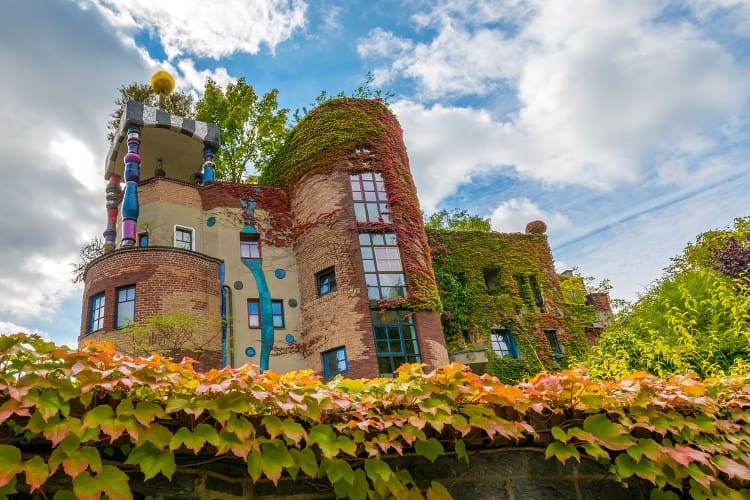

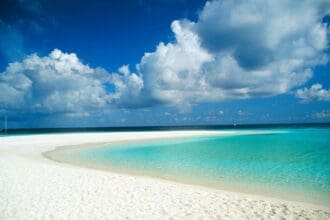

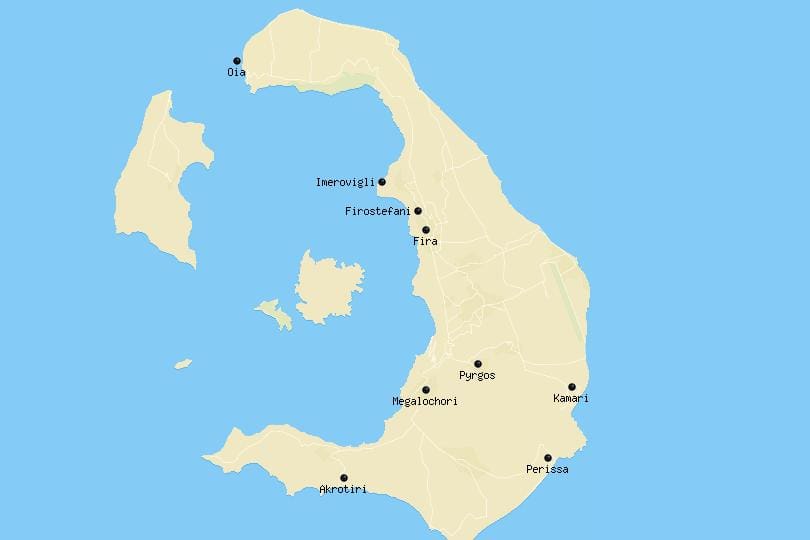

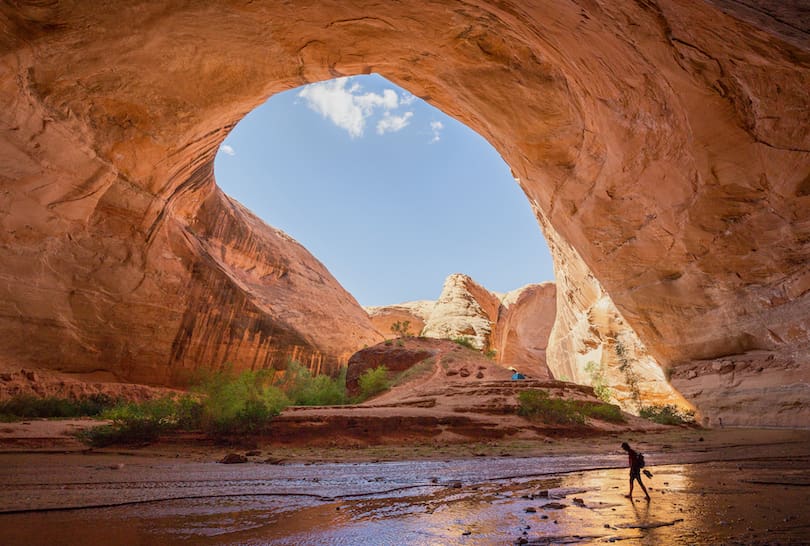
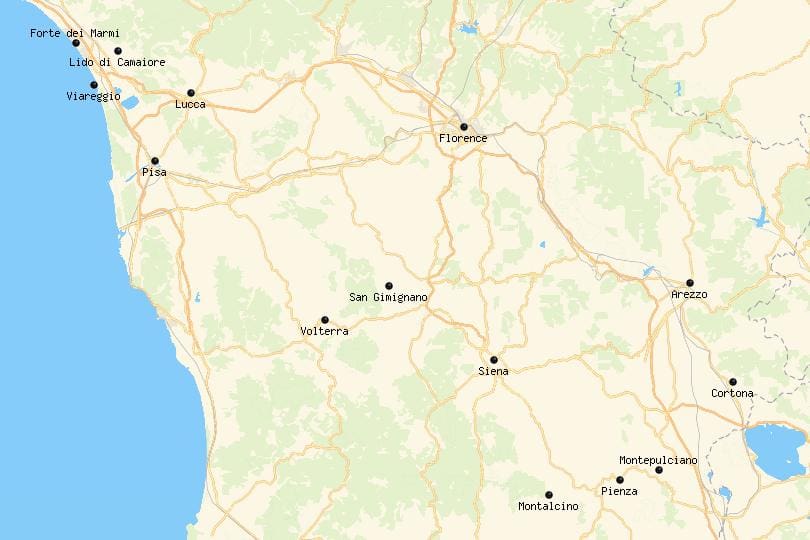


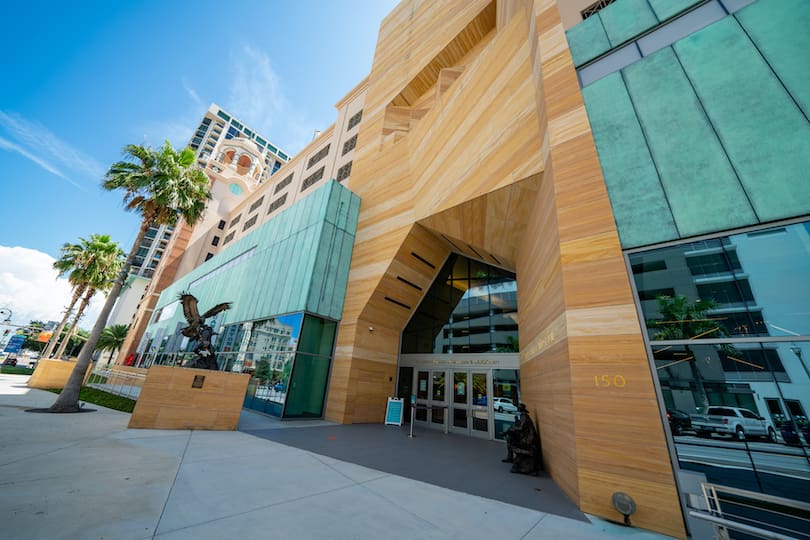
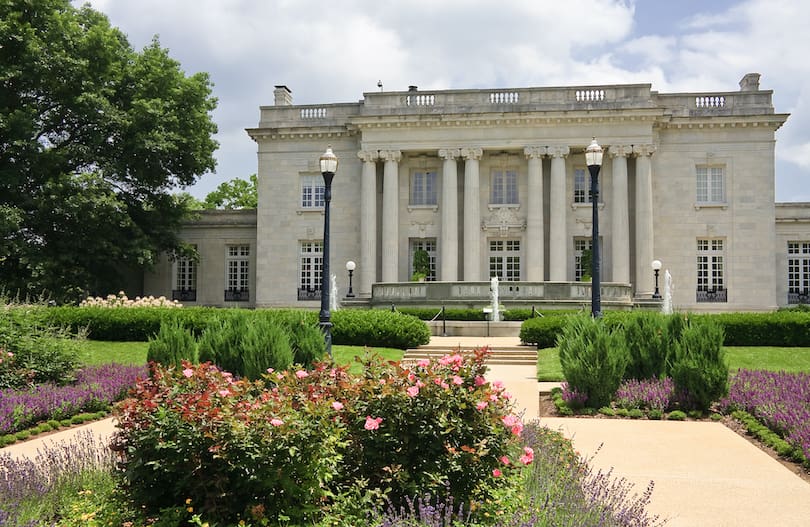



Lovely website! I am loving it!! Will come back again. I am taking your feeds also
Hello, you used to write fantastic, but the last several posts have been kinda boring?K I miss your great writings. Past few posts are just a bit out of track! come on!
F*ckin’ amazing things here. I am very glad to see your article. Thanks a lot and i’m looking forward to contact you. Will you please drop me a e-mail?
Greetings! I’ve been following your web site for a while now and finally got the courage to go ahead and give you a shout out from Lubbock Tx! Just wanted to say keep up the fantastic job!
I really appreciate this post. I’ve been looking all over for this! Thank goodness I found it on Bing. You have made my day! Thanks again!
Este site é realmente fascinate. Sempre que acesso eu encontro novidades Você também vai querer acessar o nosso site e descobrir mais detalhes! Conteúdo exclusivo. Venha descobrir mais agora! :)
fantástico este conteúdo. Gostei bastante. Aproveitem e vejam este conteúdo. informações, novidades e muito mais. Não deixem de acessar para aprender mais. Obrigado a todos e até a próxima. :)
Great web site. Lots of helpful info here. I am sending it to several pals ans additionally sharing in delicious. And naturally, thanks to your effort!